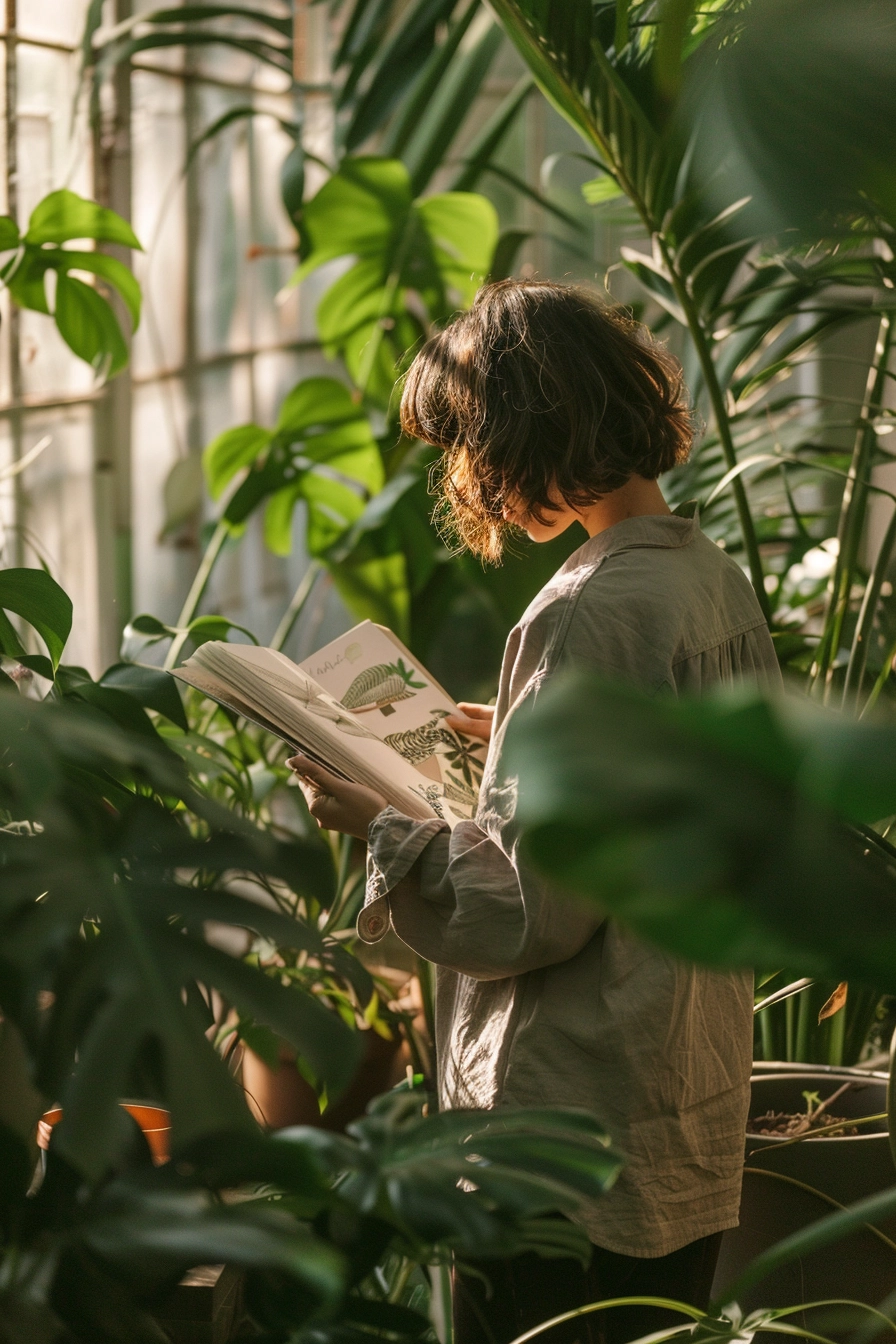Decorating with plants is a popular way to bring life and vitality to interiors. There is a wide variety of indoor plants available, offering endless options for decorating with plants in every room. Indoor plants not only add beauty to a space but also have numerous health benefits. Plants can purify the air, promote mindfulness through indoor gardening, and even bring positive energy into a home. Before choosing and positioning your indoor plants, it is important to consider their care needs and choose plants suitable for the specific area. Whether you prefer shelf displays, partition shelving, or creating a focal point with indoor trees, there are many creative ways to plan and design an indoor plant display.
Key Takeaways:
- Indoor plants can enhance the beauty of a space and provide numerous health benefits.
- Consider the care needs of the plants before choosing and positioning them in your indoor display.
- Explore creative options such as shelf displays, partition shelving, and indoor trees to design your indoor plant display.
- Group plants together and mix different sizes and growth types for an appealing arrangement.
- Proper water drainage, color coordination, and monitoring plant health are important aspects of caring for indoor plants.
Creative Display Ideas for Indoor Plants
Looking for inspiration to showcase your indoor plants in unique ways? Here are some creative ideas to elevate your botanical decor and create stunning indoor gardens.
1. Shelf Displays
Filling your shelves with a variety of house plants is a fantastic way to create an eye-catching indoor plant display. Combine different plant species with varying colors, shapes, and textures to add visual interest. Incorporate trailing plants to add softness and freshness to the space.
2. Partition Shelving
Don’t let partition shelving go to waste. Soften the look by integrating indoor plants with sculptural and organic forms. Mix and match plants of different heights and sizes to create an aesthetically pleasing arrangement.
3. Indoor Jungle
Dreaming of an indoor jungle in your living room? Go for it! Creating abundance is a great strategy to transform a room into a green oasis. Choose a variety of plants and arrange them strategically to bring life and vibrancy to your space.
4. Height Layering
Add depth and interest to a white living room by layering plants at different heights. Place tall plants in the background and shorter ones in the foreground to create visual harmony. This technique can also help fill empty corners and add dimension to your space.
Pro Tip: Decorate with indoor trees like fig trees or palm trees to create a captivating focal point.
5. Utilize the Windowsill
Maximize your space by utilizing the windowsill as a prime spot for a mini indoor garden. Choose compact plants that thrive in bright light and arrange them in a picturesque manner to enjoy nature’s beauty from both inside and out.
6. Plants Around the Bed
Add a touch of greenery to your sleeping sanctuary by placing indoor plants around the bed. Not only will this create a soothing ambiance, but it will also improve air quality and promote a sense of tranquility.
7. Bathroom Oasis
Turn your bathroom into a spa-like oasis by introducing plants that thrive in the humidity. Consider adding hanging plants, such as pothos or spider plants, to add a lush and refreshing touch to your daily routine.
8. Aesthetic Containers and Grouping
Elevate the overall look of your indoor plant display by selecting aesthetically pleasing containers. Experiment with different materials, colors, and shapes to complement your interior style. Grouping plants together on a table or in a corner can create a captivating visual composition.
These creative display ideas for indoor plants will bring life and beauty to your home. Remember to choose plants that suit the specific lighting and care requirements of each area. So, let your imagination flourish and create botanical decor that reflects your personal style and love for indoor gardening.

Tips for Designing and Caring for Indoor Plants
When designing and caring for indoor plants, it’s important to consider their personalities in terms of growth habits and light requirements. Some plants thrive in bright light, while others prefer low light conditions. By understanding these needs, you can ensure that your plants will flourish in their designated spaces.
Grouping plants together in odd numbers and mixing different sizes and growth types can create a visually appealing indoor plant design. This combination adds depth and variety to your display. Additionally, paying attention to matching colors and pot finishes can contribute to a cohesive look that enhances the overall aesthetic of your space.
Proper water drainage is essential for plant health. To prevent overwatering, choose pots with drainage holes or use rocks or a plastic saucer to control water flow. This will help maintain the right balance of moisture, preventing root rot and other water-related issues. Remember to monitor the appearance of your plants regularly to ensure they are in the right conditions. If a plant seems unhealthy, repotting may be necessary to restore its vitality.
Creating a humid base or surrounding the crown of the plant with moss can also help retain moisture, especially in dry environments. This is especially important for plants that require higher humidity levels. By following these tips and providing the proper care, you can effectively design and care for your indoor plant display, ensuring that your plants thrive and bring beauty to your indoor space.

